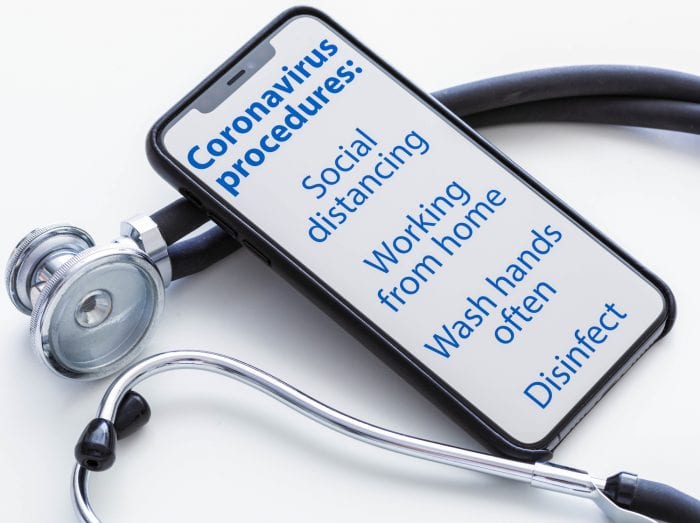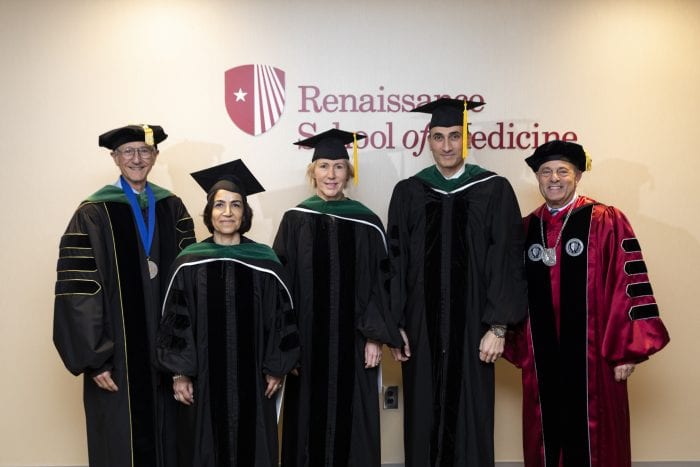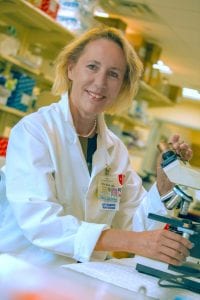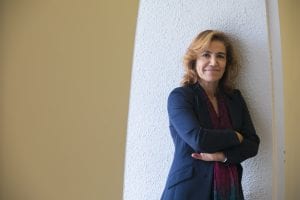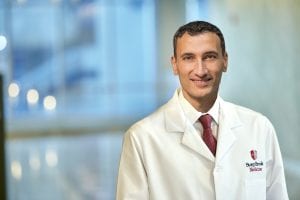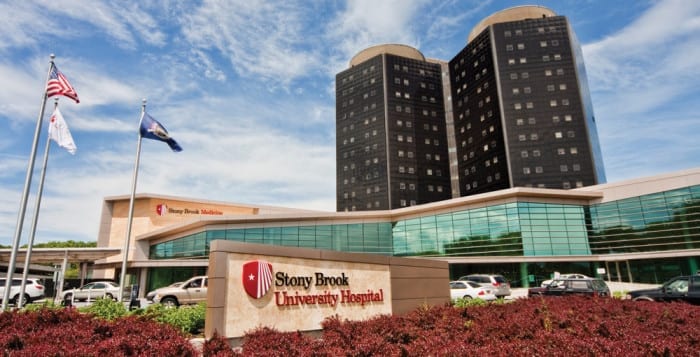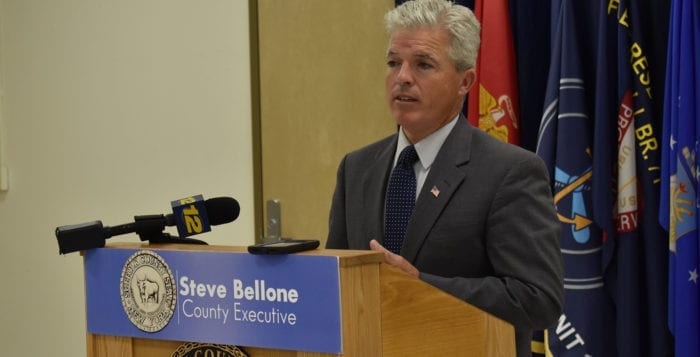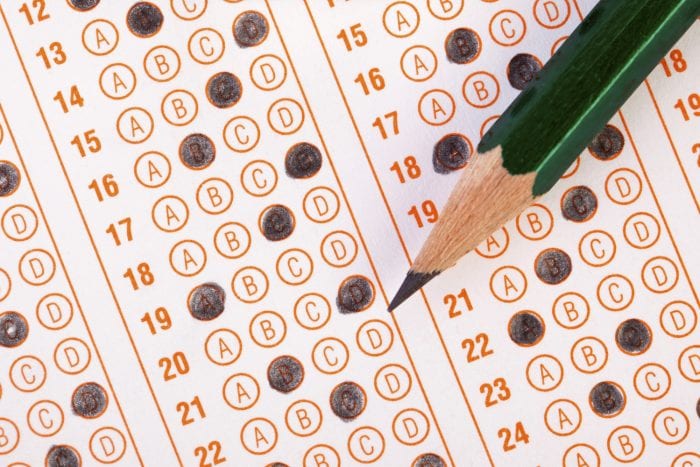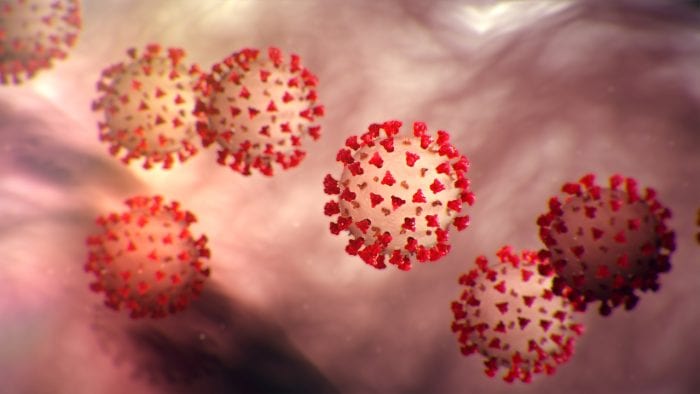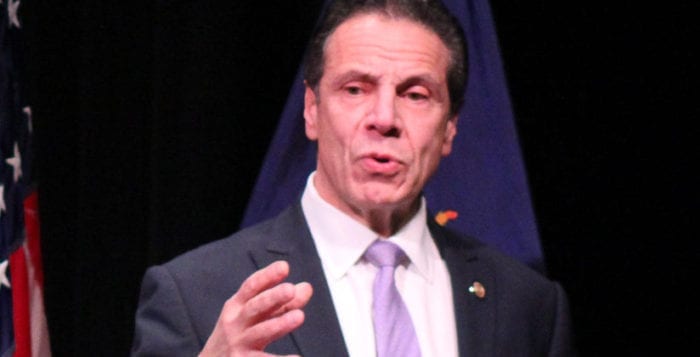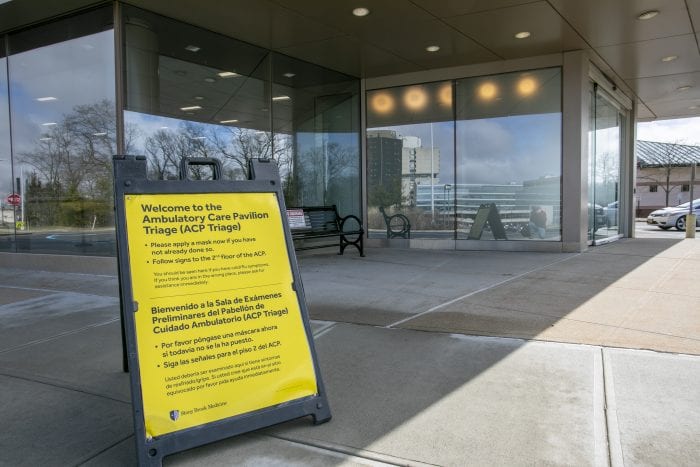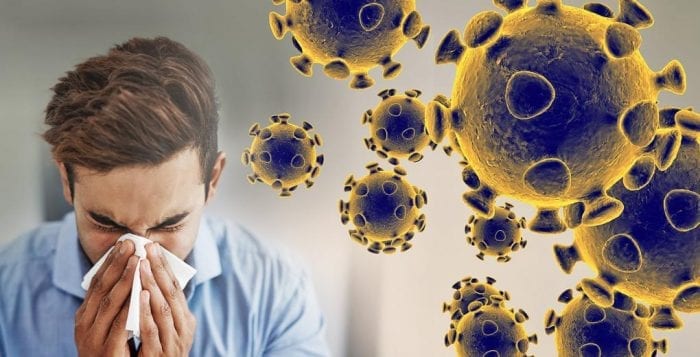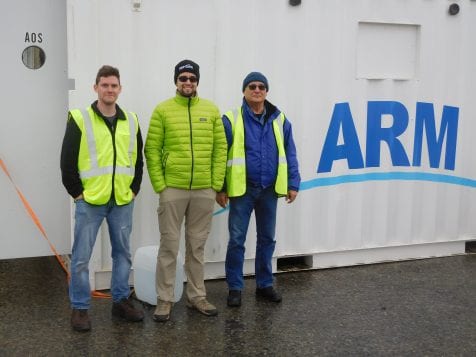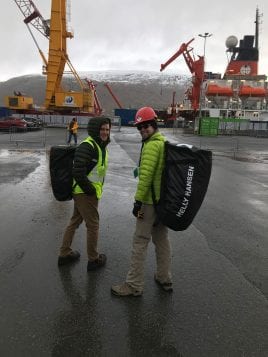In the first day of soliciting donations of Personal Protective Equipment to help health care workers and first responders, County Executive Steve Bellone was pleased with the outpouring of support from the community.
“Today we have seen, in the spirit of cooperation, an outpouring of generosity of people who come together in a time of crisis,” Bellone said on his daily media call with reporters.
Residents and business leaders brought 40,000 gloves of various sizes, 3,000 N95 masks, 1,500 gowns and over 3,000 ear loop masks to the Suffolk County Fire Academy in Yaphank. Bellone is seeking donations from 10 am to 2 pm during the weekdays.
Given the shortage of masks, some people have started sewing homemade masks.
Gregson Pigott, the commissioner of the county Department of Health Services, cautioned people about their effectiveness.
“That’s not advised,” Pigott said on a conference call. The masks need to be “properly tested and certified.”
Stony Brook has started to make face shields with 3-D printers, which hospital personnel has reviewed and determined to be medically compliant. The team that designed these shields, call iCREATE, made some parts of the shield replaceable so health care professionals could change them out.
Today also marked the first day of Governor Andrew Cuomo’s (D) order to pause, as he asked all non-essential businesses to close to reduce the spread of the coronavirus Covid-19. Suffolk County received some clarity from the governor’s office about whether landscapers would be able to continue their work. Landscapers can continue to work for maintenance and the control of pests. These workers, however, cannot do any ornamental planning and are restricted to mowing lawns and protecting the public against health risks that might occur if they didn’t do their jobs.
Meanwhile, the number of people with coronavirus continues to climb, with 1,458 people testing positive. Among those with the virus, 116 are in the hospital, with 38 in the Intensive Care Unit. The County suffered another coronavirus-related fatality, as a woman in her 80’s passed away at St. Catherine’s Hospital. The death toll in Suffolk County stands at 13.
Bellone said he is working with town supervisors and mayors to encourage residents to follow the governor’s order. As with other parts of the country, Suffolk County is working to encourage younger people to maintain social distancing.
Younger people may feel “they are not vulnerable to the virus,” Bellone said. “They [need to understand] that they can not only contract it, but they can also contract it and can transmit it to others around them. They pose a danger to vulnerable populations.”
The county executive added New York Mets pitcher Steve Matz, who is a graduate of Ward Melville High School in Setauket, has been putting out the message.
At the same time, Bellone has been gathering information about the impact of the virus on businesses. Over, 4,000 furloughed or laid off employees have reached out to the County Executive’s office through 311.
These are “some of our more vulnerable employees,” Bellone said. His office is reaching out to the employers, so they can connect with their staff so they “don’t fade into the background.”
In his daily press conference, Gov. Andrew Cuomo (D) urged the Donald Trump (R) administration to invoke the Defense Production Act, which would allow them to order manufacturers to increase production of much-needed PPE items. The president has signed an executive order invoking the act, but has yet to make a single order. Cuomo said those companies would be “paid handsomely” for the effort, but that it was needed more than ever.
The governor also said he was signing an executive order mandating hospitals around New York State to increase the number of available beds by at least 50 percent, with the goal being to reach a turnaround of 100 percent. Stony Brook University is also the planned site of an additional hospital pavilion to add extra beds to the area, though Bellone said details on that are still being worked out.
At the urging of his wife, Bellone himself contacted the mobile unit at Stony Brook Hospital to seek a coronavirus test. He was exposed to the virus from meetings with one of his deputy chiefs, Peter Scully, who tested positive last week.
Bellone called the mobile unit number, waited half an hour on the phone to speak with a medical professional, and is awaiting a call back for an appointment.
Bellone plans to have a Facebook live town hall on his page tonight at 6:30 pm to provide an update to residents.
“There continues to be a lot of anxiety,” Bellone said. “our lives have been turned upside down.”

